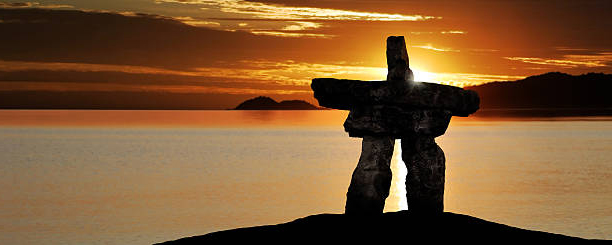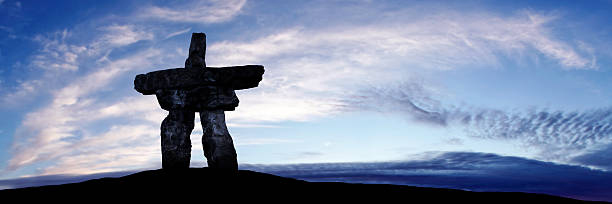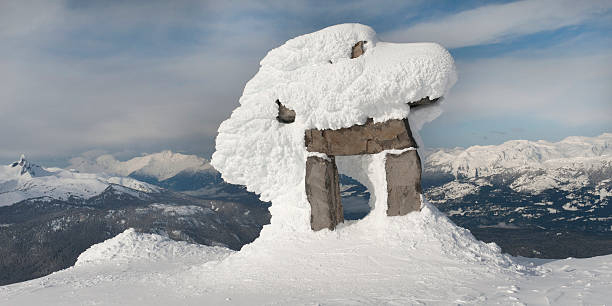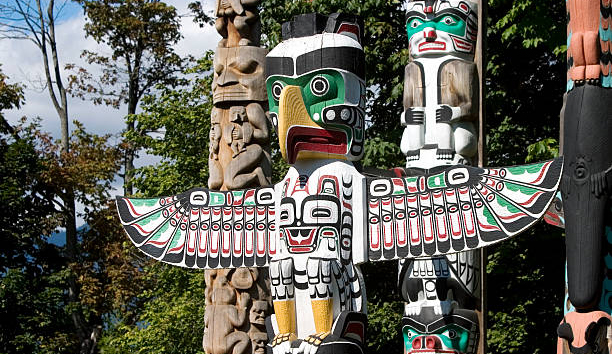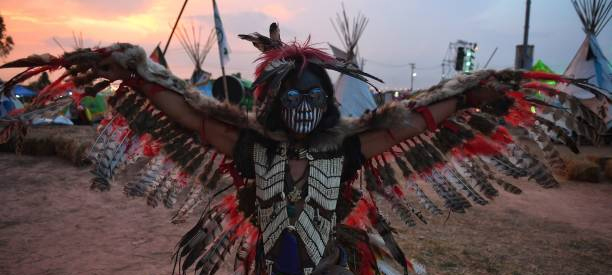
We CollaborateWe welcome any researcher as an Associate member. Please contact the coordinator (below) or one of the current members and propose a collaborative study that interests you. Thanks. |
CURRENT C.O.T.H. MEMBERSThis research collaboratory is transdisciplinary and researchers bring varied perspective to our collective work.
|
Minimum Criteria for Invitation
|
Ground Rules & Operating/Unifying Principles
|
UNITED NATIONS & CANADAIn addition to adhering to the United Nations 1946 definition of health as the presence of a holistic state of complete physical, emotional, mental, cognitive, social, behavioral, self, or spiritual well-being, we are committed to their sustainability goals and affirmation of indigenous rights. Posters courtesy of the United Nations. SustainabilityMore to come.... 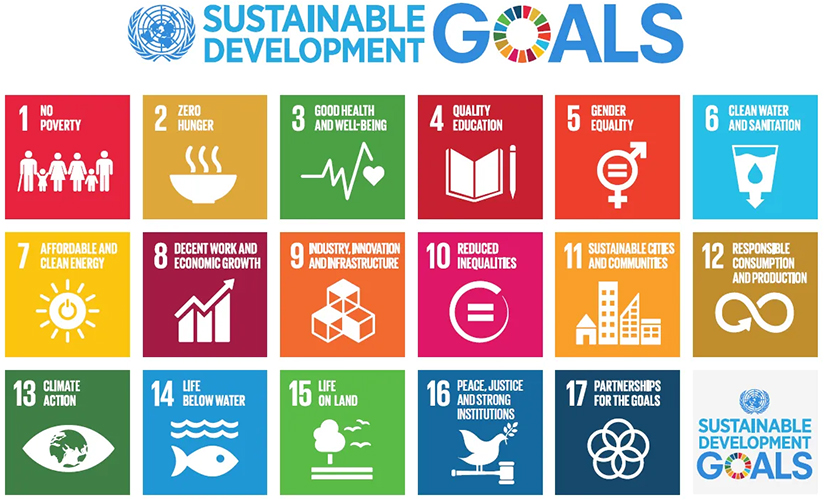 IndigeneityMore to come.... 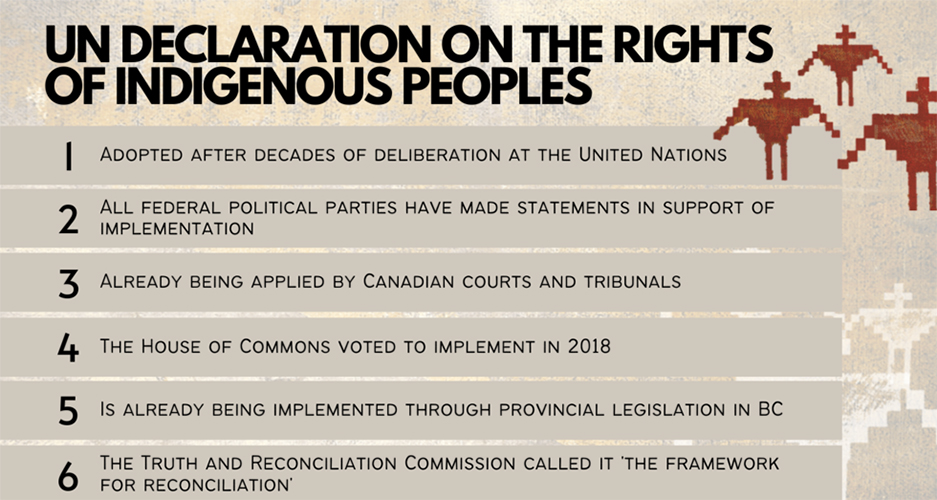 |
Truth & ReconciliationWe support the Truth and Reconciliation Commission's Calls to Action, especially on Education: a process which was unfortunately used in the past to oppress indigenous people and misinform all Canadians about indigeneity. Poster courtesy of Brandon University in Manitoba.  |
Land-based HealingWe collaborate on the use of land-based healing as a powerful contributor to reconciliation and addressing intergenerational trauma. This Land-based Healing Circle is about the presence of wellness, rather than the absence of illness. It is a fluid and dynamic construct and this means anyone can adopt, adapt, or improve on this diagram. PERSON. Each individual human being participating in land-based healing is at the centre of their own wellness circle. The person must play a participative role in adhering to their personal health practices and should possess a sense of belonging with the land, wellness, and heritage. Personal competences and values surround and define the person, but people can change and grow. COMPETENCES. Personal competences include, but are not limited to: how people identify themselves, the attitude they carry with them, the knowledge they have amassed, and the skills they have gained through experience. These competences will likely change for the better as a direct result of participating in land-based healing. VALUES. Personal values include, but are not limited to: the ethics they life their lives by, how people respect and honour themselves, one another or the natural environment, the wisdom that comes from experience with language, traditions or medicines, and the responsibilities for determining one’s own life destiny, while caring for others and the land. These values will likely strengthen and improve as a direct result of engaging with land-based healing. While health or wellness may be a destination goal for most, many need support in their journeys to reach health and wellness. Places and people sustain through difficulties encountered along the way. PLACES. The land nurtures life and provides sustenance through hunting, trapping, fishing, foraging, and gathering. The land is also air, water, plants, animals, and other components of nature. It is central to healing, because people come from here and belong here. The home houses family members and offers shelter and warmth. The community includes the people who work with, play with, live nearby to the central person, and form a unique society. The nation represents the broader population outside of that unique society and may include culturally similar communities or diversely different people. PEOPLE. Ancestors remain on the land as part of nature and pass down knowledge and wisdom about the land to the people. Family is foundation and they are often extended beyond heredity to a larger assembly of people who support and care for one another. Children are the future of a community and represent its hopeful outlook toward better times. Elders hold wisdom and facilitate the passing of that wisdom and its sacred traditions from generation to generation. Expression, holism, and relationships are woven together in a basket that holds the moral fiber of land-based healing. Healthy expressions are shifted from negative to positive. Wellness is holistic. Relationships are mutually accountable connections among the people/self and the land/culture. EXPRESSION. Beliefs are the mental models that one holds about self, others or the land, and should shift from worthless to valuable, from helpless to helpful, and from resource exploitation to sacred life. While initially influenced by personal beliefs, one’s behaviors, thoughts, and feelings are interrelated. Each one (thinking, behaving, and feeling) impacts the other two and these should stay affirming. HOLISM. Wellness is not physical alone. Mental, emotional, and spiritual health are equally important and tightly interwoven strands of balanced wellness. This interaction is especially critical where one strand is weakened, so the others must be strengthened to compensate and maintain personal health. RELATIONSHIPS. Interactive associations should be reciprocal as in nature: the way people impact the land influences their lives in return. How they relate to activities enables understanding of their culture. Their relationship with the self (intrapersonal) or others (interpersonal) should be full of love, sharing, and caring. External factors are those surrounding determinants of health and wellness that are often outside the control of people, while personal practices are the internal choices that people make to follow or not. DETERMINANTS. Environmental determinants involve the quality of water, air, and the land and how pollution of those elements impacts the people’s health. Social determinants consider housing, food, and crime security, education, illness prevention, health promotion, wellness awareness, and wrap around outreach support. Cultural determinants embrace traditional teachings, language, customs, ceremonies, food, medicine, and sacred rites of passage. Economic determinants include stewardship of natural resources for future generations and the balance of financial gain versus protecting the land. PERSONAL PRACTICES. Contemplative meditation (also rest/sleep) helps to manage stress and reduce anxiety, while increasing positive emotions and decreasing negative ones. Active exercise burns fat, strengthens muscles, enhances balance, increases endurance and generally improves fitness. Nutritious eating provides the mind, body, and soul with the sustenance to grow and stay energized all day long. Substance control refers to avoiding the abuse of tobacco, alcohol, cannabis, and other drugs. The ring of people demonstrates the diversity of ages, genders, and mobilities engaged in land-based healing. They hold hands to show unified togetherness as in one heart, one mind, and one people. 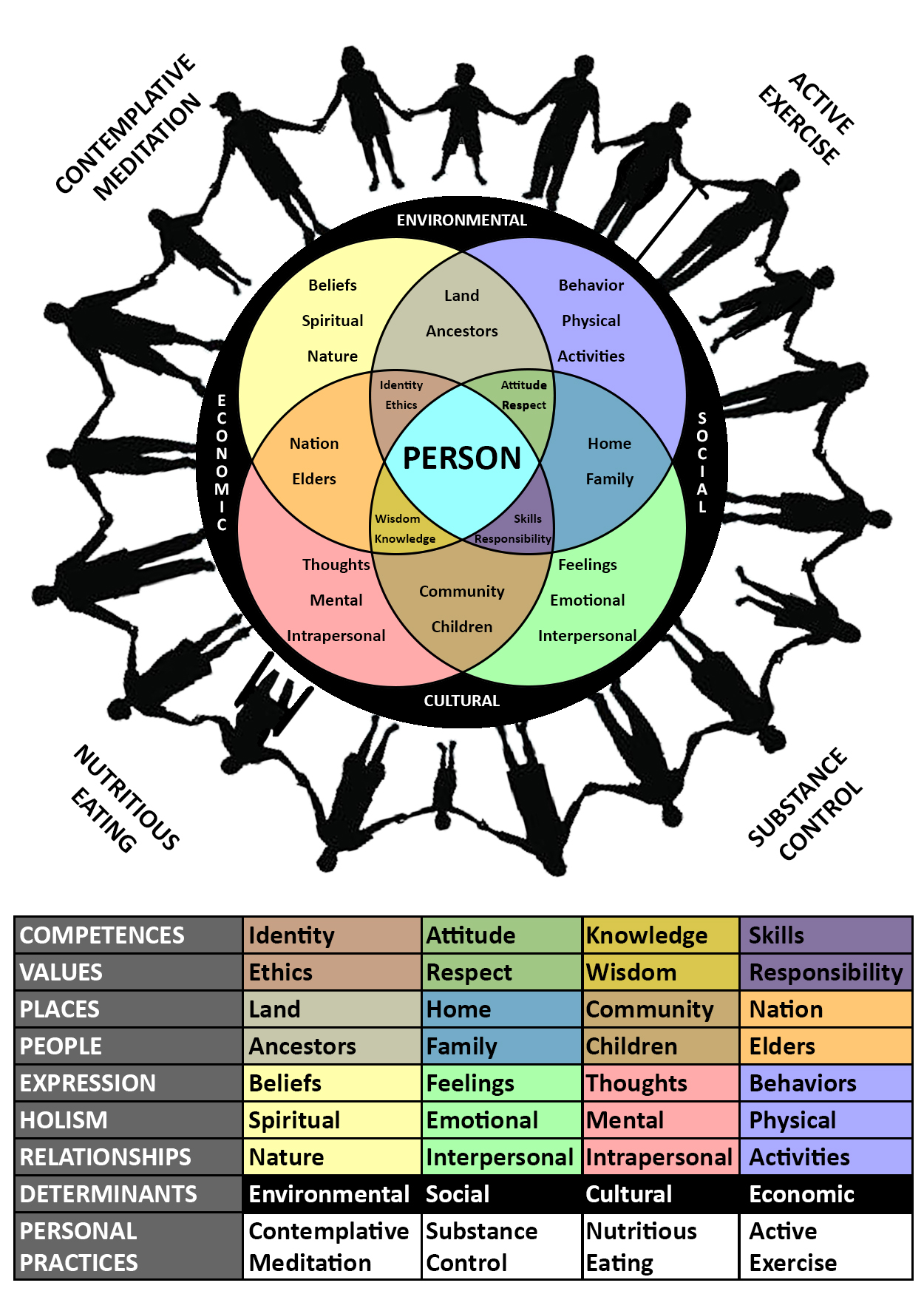 |
